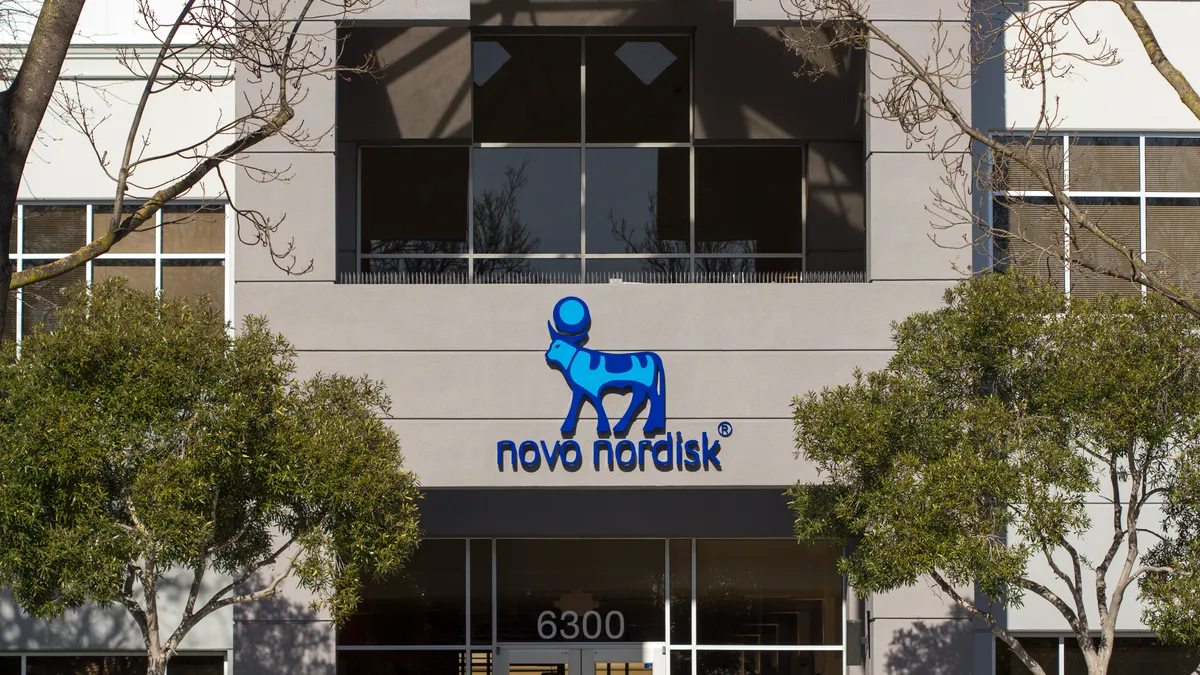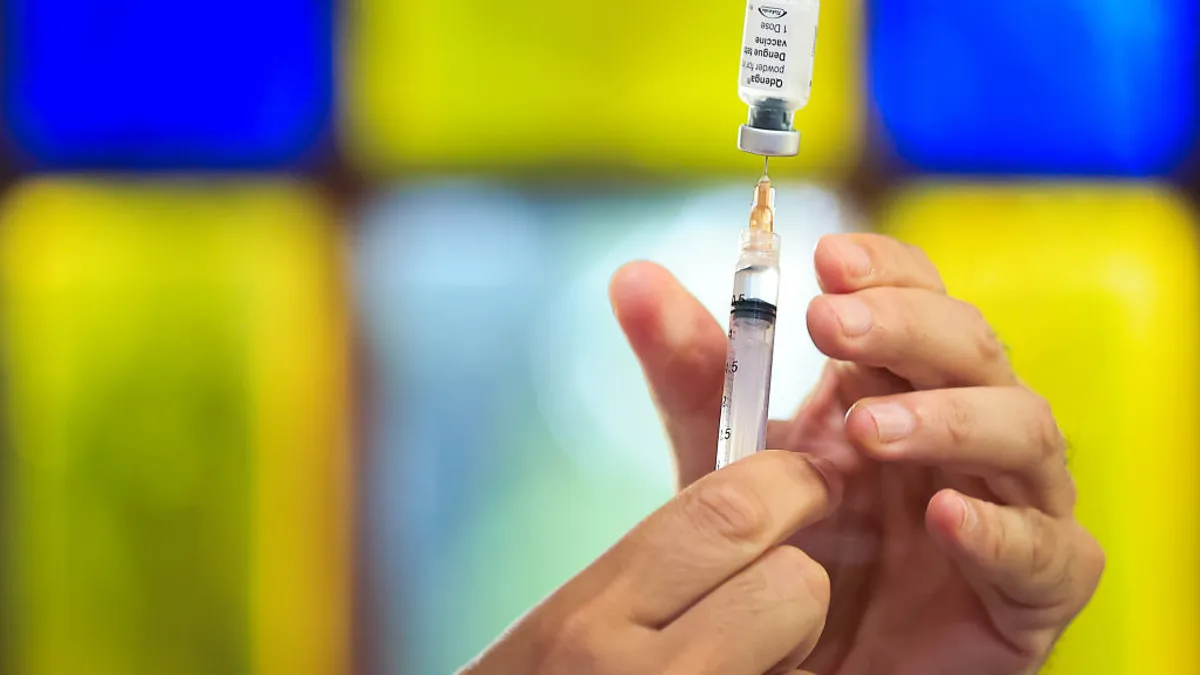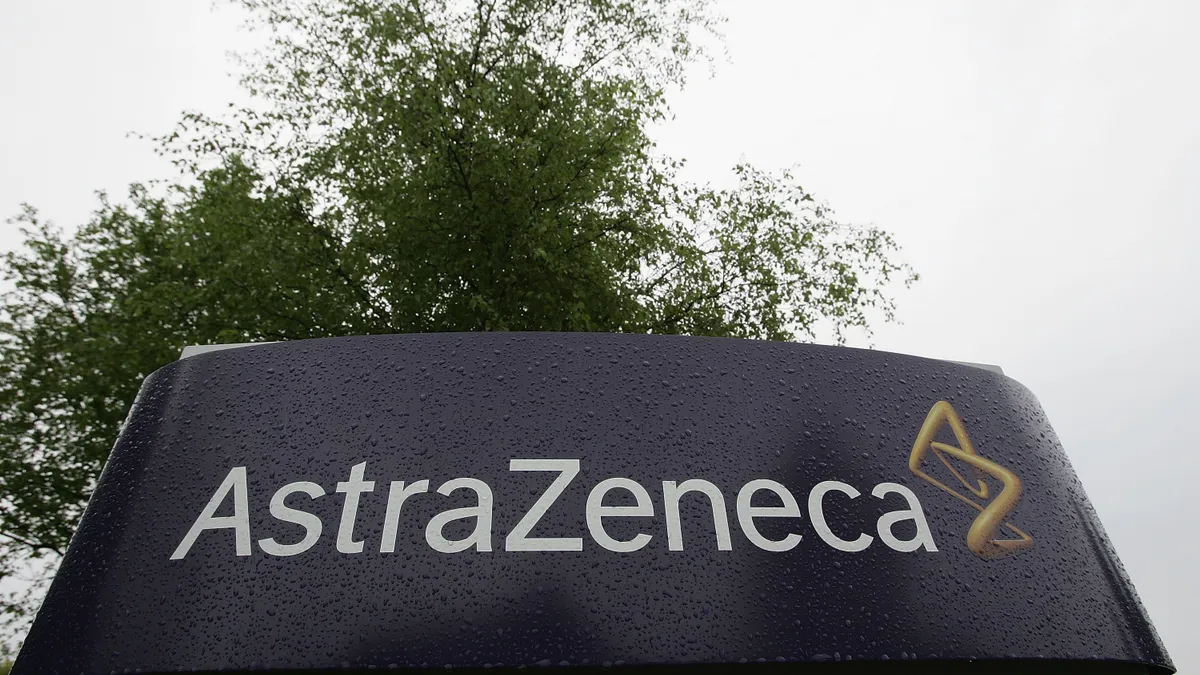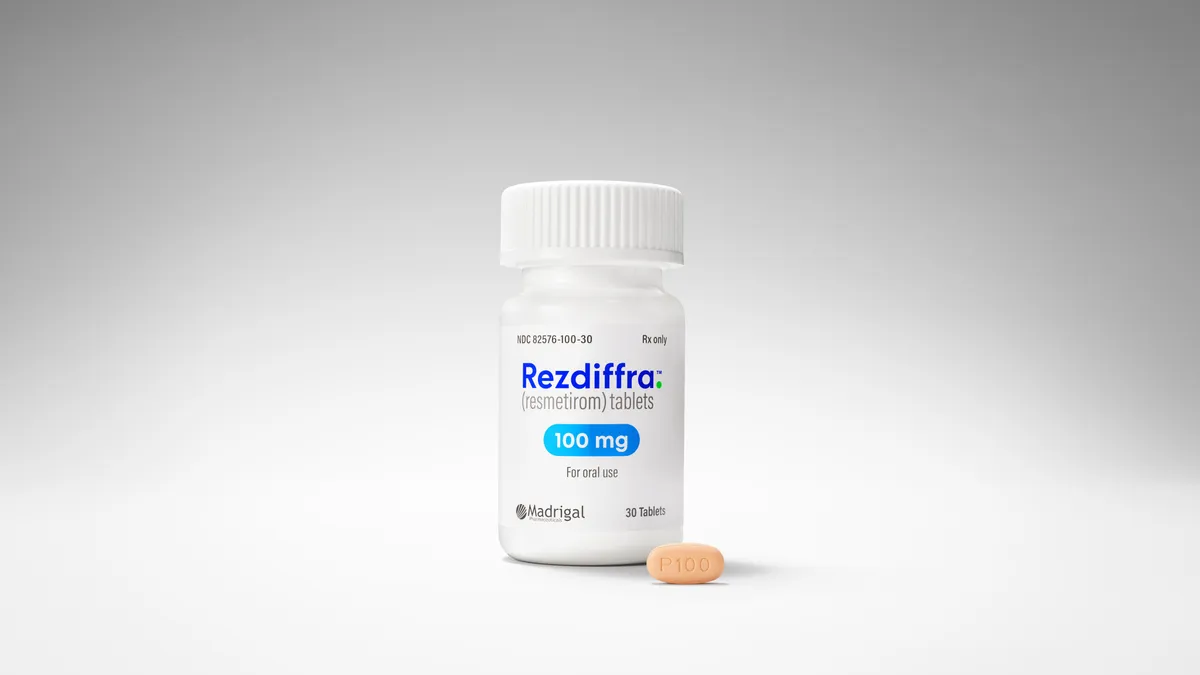The opioid crisis has devastated parts of the U.S., and millions are still struggling to find the right kind of treatment to get to the other side of dependence. It’s a matter of national importance that more opioid use disorder products enter the market, according to a statement from FDA Commissioner Robert Califf.

“The FDA will continue to take the critical steps necessary to pursue efforts that advance evidence-based treatments for substance use disorders,” the regulatory leader said in a release when the agency approved Brixadi from the small pharma Braeburn. The company launched the drug — its first and only product — this month.
Brixadi, which is a time-released subcutaneous formulation of buprenorphine for either weekly or monthly doses, joins daily sublingual options like Suboxone and the monthly injection Sublocade in the fight against opioid use disorders. When it comes to the opioid crisis, a variety of dosing options are critical to addressing the needs of millions of patients.
"Regardless of the underlying history of the lead-in to the opioid crisis, access to appropriate treatments for opioid use disorder for all patients is critical to help people begin and sustain their recovery."

Dr. Joshua Cohen
Chief medical officer, Braeburn
The drug comes with a black box warning about the potential for serious harm if injected into a vein instead of subcutaneously and will only be provided to healthcare professionals for administration.
But with a study showing that Brixadi was superior to sublingual buprenorphine in as many as two years of treatment, the Braeburn team is hoping its drug can change the course of the epidemic, said Dr. Joshua Cohen, the company’s chief medical officer.
Here, Cohen discusses the need for new opioid addiction options, the many angles of the crisis, the importance of partnerships to reach the community and where the field of opioid addiction is headed in the future.
This interview has been edited for brevity and style.
PHARMAVOICE: Why is there a need for new and better addiction treatments to address the ongoing opioid crisis?
JOSHUA COHEN: The opioid epidemic is a significant public health crisis. In 2022 alone, there were over 82,000 opioid overdose deaths, the most ever recorded in a single year. In addition to the tragedy of all these overdose deaths, there are also millions of people who are directly affected by opioid use disorder — most recent estimates from [the Substance Abuse and Mental Health Services Administration] are that somewhere around 7 million people in the U.S. are living with opioid use disorder. And despite that prevalence, most people don’t recognize it as a chronic disease of the brain that frequently causes relapses even in folks who manage to get their use under control. And the stigma surrounding the disease may be a barrier to getting patients into treatment — so much so that only about one in five U.S. adults with opioid use disorder receives medication to treat it. So it’s a pretty dire state of affairs right now, and it seems to only be getting worse.
Where does Brixadi fit into the landscape of current treatments for opioid addiction?
Brixadi is available in both weekly and monthly dosage formulations. There's four different doses of a weekly, and three different doses of the monthly, and those are directly correlated to equivalent doses of sublingual buprenorphine, and that was one of the goals with the development, to have a tailored approach to opioid use disorder by having doses match the most frequently used doses of sublingual buprenorphine. We did a couple of clinical studies that I think are helpful to understand the efficacy of the product. One was an opioid blockade study, where we looked at the ability of Brixadi to block the subjective opioid effects of an administered opioid. And in that study, we saw a complete blockade of the drug effects of an opioid. The other study that I think is relevant is a head-to-head study against sublingual buprenorphine, and we found that the responder rate for the patients with Brixadi was not inferior to those with sublingual. And we found that Brixadi was superior when looking at negative opioid assessments over weeks four to 24.
Overall, having options for the healthcare professional to discuss with their patient will help patients feel more empowered to decide what works best for them.
How optimistic are you that the pharma industry can now be responsible for improving the state of the opioid crisis?
The opioid crisis is a complicated, multifaceted issue facing society. It’s critical not to forget that opioid pain relief is appropriate for some patients. There’s been a backlash against using opioids in some patients, which can also lead to harm. So it’s important to keep in mind, regardless of the underlying history of the lead-in to the opioid crisis, access to appropriate treatments for opioid use disorder for all patients is critical to help people begin and sustain their recovery.
Can you tell me about the partnerships you’ve formed to provide access to addiction treatments and reach the patient community?
We know there’s not just one solution to the health crisis, and it’s going to take all sectors working together. So we support access to all recovery pathways so that healthcare providers and patients can choose the treatment that’s best for them. Braeburn provides grants to a variety of organizations for independent medical education and scientific research to address the epidemic — some of these include Prevention Point, Savage Sisters Recovery, Shatterproof and more, all with the mission to transform the management of opioid use disorder for patients. This month is also National Recovery Month, and we’re participating in the annual Mobilize Recovery, which brings participants together to build capacity for organized community engagement for people in recovery, their family members and recovery allies.
Where do you see this field in about 10 years?
Given where the crisis is, there’s a ton of interest in continuing to develop new therapeutics. What people are especially hoping is that we can identify new molecules, maybe new mechanisms of action, to help address opioid use disorder. There’s some very early-stage research looking at different mechanisms, but it’s going to be some time.
For Braeburn, we’re 100% in on the launch of Brixadi, and one of my roles as chief medical officer is to determine what’s next. I’ve been meeting with companies to figure out what makes sense in this landscape, but there is still a need to transform the management of opioid use disorder, so more to come there as we work toward that goal.



















